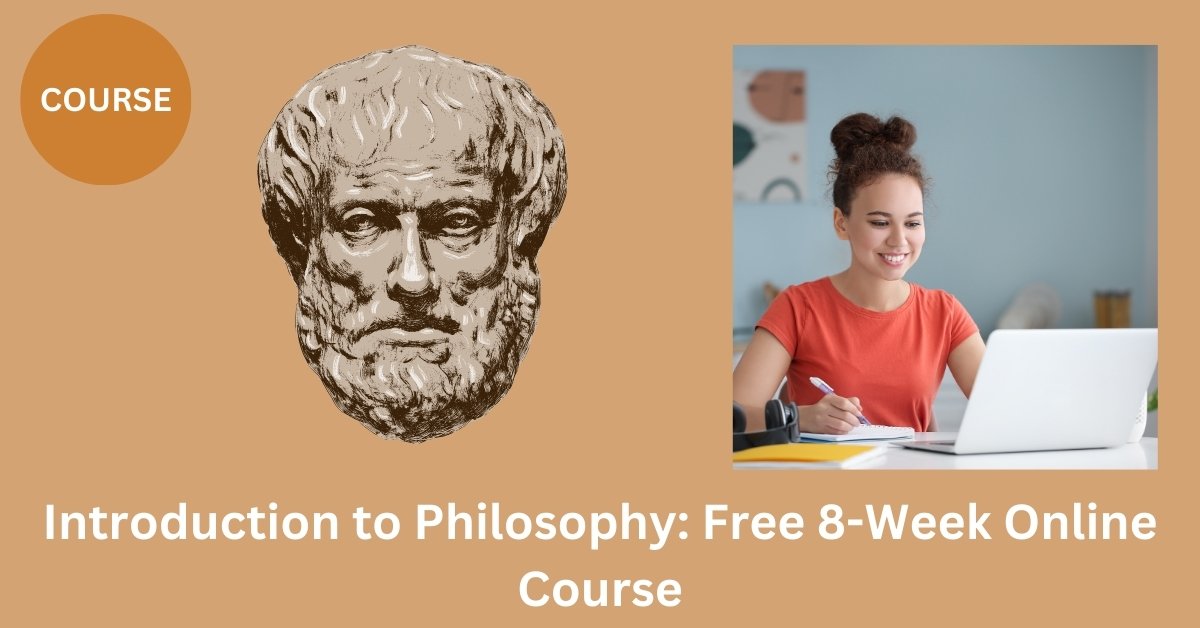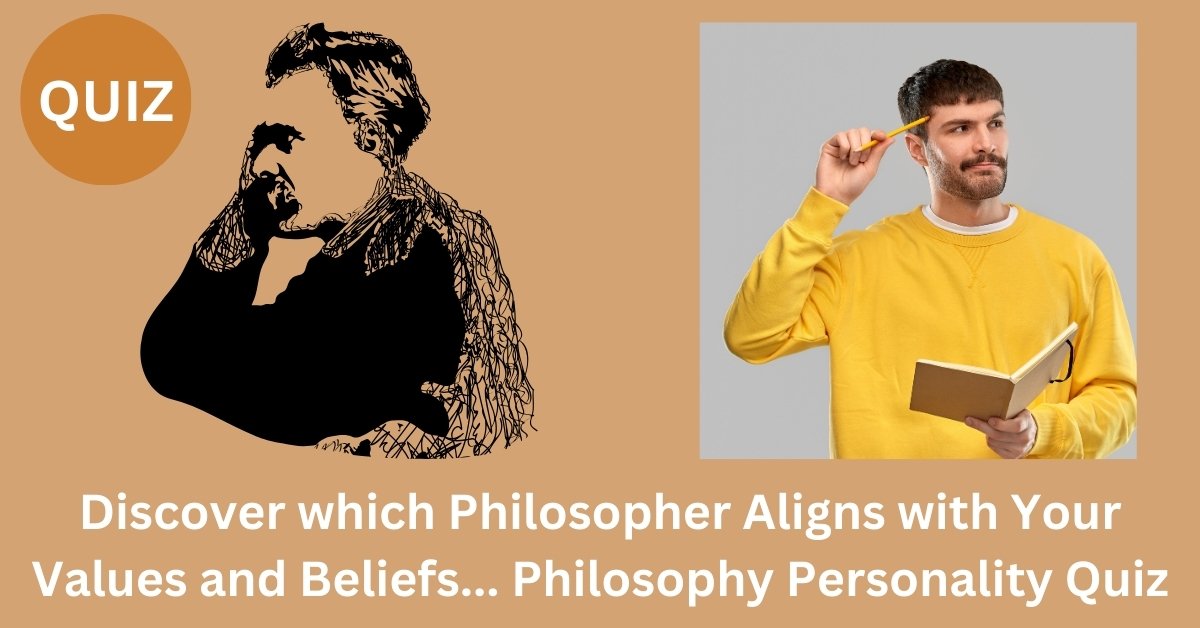Philosophy often serves as a guide for those seeking to lead a more meaningful life, yet the significance of beauty in Immanuel Kant’s philosophy is sometimes overlooked. Understanding Kant’s perspective on beauty can greatly enhance our ability to apply philosophical principles to the pursuit of a fulfilling life. This article will examine Kant’s philosophy, his concept of beauty, and how they relate to the broader quest for meaning in life.
Key features of Immanuel Kant’s philosophy
Immanuel Kant was a German philosopher whose ideas have profoundly influenced modern thought. One of his central philosophical contributions is the concept of the “categorical imperative,” which serves as a guiding principle for moral decision-making. According to Kant, actions are morally right if they can be universally applied and respect the inherent dignity of all people. This means we should act in ways that we could reasonably will to become a universal law, treating others as ends in themselves rather than as means to an end.
Kant also introduced the idea of the “Copernican Revolution” in philosophy, emphasizing that humans do not simply observe the world passively but actively shape their experience of reality through the mind’s innate structures. He argued that our understanding of the world is framed by a combination of sensory input and mental categories, such as time and space, which organize how we perceive everything around us.
Another key feature of Kant’s philosophy is his emphasis on autonomy and freedom. He believed that true freedom comes from following rational, self-imposed moral laws rather than being driven by desires or external influences. Kant viewed this ability to reason and act freely as fundamental to human dignity and morality.
Overall, Kant’s work bridges the gap between rationalism and empiricism, offering insights into ethics, metaphysics, and human understanding that continue to be studied and debated today.
What is beauty?
Immanuel Kant viewed beauty as a unique and subjective experience that arises from the way humans perceive the world. According to Kant, beauty does not depend on the practical usefulness of an object or its moral goodness. Instead, it relates to how the object is experienced through feelings of pleasure. He believed that the judgment of beauty is “disinterested,” meaning it is not influenced by personal desires, emotions, or objectives. This disinterested pleasure allows people to appreciate beauty purely for what it is, without seeking to gain anything from it.
Kant emphasized that the experience of beauty comes from the harmonious interaction between two faculties of the mind – imagination and understanding. When these two faculties work together in a balanced and free way, individuals feel a sense of beauty. For Kant, this universal harmony is important because it suggests that beauty is not purely an individual preference but something that can potentially be appreciated by everyone, even if tastes differ.
Although beauty is subjective and felt personally, Kant believed that it also has a universal quality. This is why people often expect others to agree with their judgment of beauty, even though it comes from individual perception. For Kant, beauty is deeply connected to how humans engage with the world on an intellectual and sensory level, making it a fascinating blend of subjectivity and universality.
This example helps to demonstrate this philosophical perspective. Imagine standing in front of a magnificent mountain range during a vibrant sunset. The sight overwhelms you with a sense of awe and wonder, not because of any practical purpose the mountains serve, but because of their sheer beauty. You feel a deep appreciation that arises naturally, untainted by personal desires or objectives. This moment of admiration is pure, centred solely on the experience of the mountains’ grandeur. Your judgment of their beauty is not influenced by your plans or interests, but by your immediate and instinctive reaction to the scene. This scenario captures a moment where appreciation for beauty exists simply for its own sake, based on the harmony and magnificence presented. The experience feels universal, as though anyone seeing the same view would feel a similar sense of awe, echoing a shared human connection through beauty.
Challenges to Immanuel Kant’s view about beauty
Some philosophers reject Immanuel Kant’s views about beauty because they feel his approach is too narrow or overly abstract. One major issue is his focus on universal principles of beauty. For Kant, beauty supposedly exists as a shared experience that everyone, under the right circumstances, could agree on. However, critics argue that beauty is highly subjective and influenced by personal taste, cultural background, and individual experiences. What one person finds beautiful, another might find unappealing, and this variation seems at odds with Kant’s attempt to universalize beauty.
Another objection relates to the idea of separating aesthetic judgment from emotion or practical utility. Kant suggests that true beauty should be appreciated “disinterestedly,” meaning it is valued purely for the sake of its form, without considering its function or emotional impact. Philosophers who disagree with this view argue that emotions and context play a vital role in how people perceive and appreciate beauty. For instance, someone might find a painting beautiful not just for its composition but because it reminds them of a meaningful personal experience. Rejecting these emotional connections, critics claim, limits a fuller understanding of beauty.
Some critics also feel that Kant’s theory relies too much on intellectual reasoning and distances itself from the actual lived experiences of beauty. Instead of focusing on how people naturally encounter beauty in their everyday lives, his philosophical framework is often criticized for being too theoretical. A common counter-argument is that beauty is deeply tied to context — historical, cultural, social — and cannot be reduced to a universal intellectual principle.
Others take issue with the exclusion of diversity in his philosophy. By framing beauty as something with universal elements, Kant’s view dismisses the idea that different cultures or groups might have entirely distinct standards of beauty that cannot simply be harmonized. Critics believe this leads to a limited and Eurocentric perspective, failing to grasp the richness and variety of beauty worldwide.
Overall, philosophers who object to Kant’s ideas about beauty often argue for a more inclusive, subjective, and emotionally rich understanding of the concept, one that better reflects how beauty is encountered and valued in the real world.
Why beauty is important to Immanuel Kant’s philosophy
These are some of the central reasons why grasping the concept of beauty is essential to comprehending Immanuel Kant’s philosophy.
- Connection Between Beauty and Human Experience
Beauty plays a significant role in understanding how humans interact with and perceive the world. It represents an example of how people have aesthetic experiences that go beyond the practical or logical. This helps highlight the unique ways in which humans engage with emotions, imagination, and judgment. Thinking about beauty allows us to study how individuals can find value in something purely for its appearance or emotional impact, offering insight into the human capacity for appreciating non-material aspects of life.
- Illustration of Subjective Judgment
The concept of beauty demonstrates the idea of subjective judgment, where each person’s perception is unique and shaped by their personal experiences. This brings attention to how people form opinions that are neither strictly objective nor universal, yet still meaningful. By exploring beauty, we can better understand the process of forming consensus among individuals about what is pleasing or harmonious, and how this consensus is maintained without strict rules.
- Understanding Harmony and Order
The idea of beauty often involves elements of harmony, proportion, and balance. These qualities mirror how humans recognize order in nature, art, and even abstract ideas. By focusing on beauty, we get a clearer picture of how people identify and respond to the patterns and structures that bring a sense of satisfaction and coherence to their experiences, emphasizing the importance of these concepts in broader human thought.
Contrasting Immanuel Kant’s philosophy with Friedrich Schiller’s philosophy
Immanuel Kant and Friedrich Schiller both explored the concept of beauty, though their views diverged in important ways. Kant associated beauty with a universal aesthetic experience that does not rely on personal interests or practical purposes. He suggested that experiencing beauty involves a harmonious relationship between our imagination and understanding, creating a sense of pleasure that is free from subjective desires. On the other hand, Schiller expanded on this by connecting beauty to human freedom and moral development. He believed that engaging with beauty helps individuals reconcile their physical and rational sides, leading them towards a more balanced and harmonious existence.
While Kant’s ideas focus on the disinterested nature of aesthetic experience, Schiller saw beauty as a vital component of human growth. For Schiller, the appreciation of beauty was not just about a sensory or intellectual experience, but a path towards achieving personal and societal freedom. This distinction highlights how Schiller incorporated aesthetic experience into his vision of ethical and political progress, whereas Kant viewed beauty more as a universal and impartial experience of judgment. These differing perspectives underscore the ways in which each philosopher connected beauty to their broader philosophical goals.
Beauty, Immanuel Kant’s philosophy and the meaning of life
Reflecting on Immanuel Kant’s ideas about beauty, regardless of whether you agree with them, can be a valuable exercise in understanding how we perceive meaning in our everyday lives. Beauty, in its many forms, surrounds us—whether it’s in a breathtaking sunset, a moving piece of music, or the laughter of loved ones. Taking the time to think deeply about beauty helps us reconnect with these moments in a purposeful way, reminding us of the richness life has to offer and encouraging us to appreciate it fully.
At a practical level, reflecting on beauty invites mindfulness into our daily routines. It urges us to slow down, observe the world around us, and find joy in the simple things. This practice shifts our focus away from the stresses of life and toward moments that bring a sense of harmony or peace. These small but meaningful observations might not change your circumstances, but they can fundamentally alter your perspective, making it easier to find contentment even in challenging times.
Furthermore, reflection on beauty is linked to cultivating gratitude. When we recognize beauty, we often feel thankful for its presence. This gratitude can then extend into other areas of life, enriching relationships, improving mental health, and fostering a sense of connection to the world. By aligning our thoughts with what we find beautiful, we also clarify our values, helping us better understand what makes life meaningful for us personally.
Finally, reflecting on Kant’s ideas about beauty, even when we’re uncertain or skeptical about them, encourages philosophical thinking. It pushes us to ask questions about what truly matters and helps us challenge surface-level distractions in favor of deeper fulfillment. By engaging with such ideas, we open ourselves to growth, becoming more thoughtful, empathetic, and self-aware. This inner development is an essential part of working toward a more meaningful life, where beauty becomes not just something we encounter but something we live by.
Further reading
Allison, H. E. (2001). Kant’s theory of taste: A reading of the Critique of Aesthetic Judgment. Cambridge University Press.
Ameriks, K. (2000). Kant’s Theory of Mind: An Analysis of the Paralogisms of Pure Reason. Oxford University Press.
Cohen, T. (1982). Kant and the human sciences. Humanitas Press.
Guyer, P. (1979). Disinterestedness and Denial of the Sublime. The Journal of Aesthetics and Art Criticism, 37(4), 419–424. https://doi.org/10.2307/430837
Guyer, P. (1997). Kant and the claims of taste. Harvard University Press.
Hammermeister, K. (2002). The German aesthetic tradition. Cambridge University Press.
Kant, I. (1790/2000). Critique of the power of judgment (P. Guyer & E. Matthews, Trans.). Cambridge University Press.
Kuehn, M. (2001). Kant: A Biography. Cambridge University Press.
Munzel, G. F. (1999). Kant and the disinterestedness of aesthetic judgment. History of Philosophy Quarterly, 16(1), 65–86.
Schopenhauer, A. (1818/1969). The world as will and representation. Dover Publications.
Zammito, J. H. (2002). Kant, Herder, and the birth of anthropology. University of Chicago Press.

